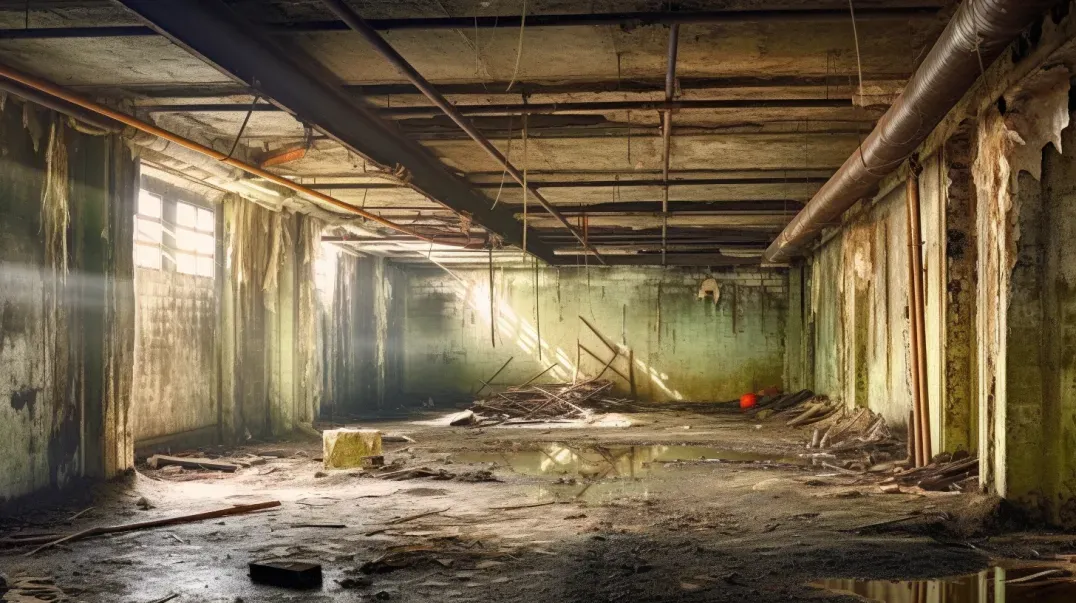
Welcome to our comprehensive guide on the pivotal roles of insulation and ventilation in maintaining and regulating the temperature and air quality of your home. These two critical factors work in tandem to create a healthier, more comfortable indoor environment, while also optimizing energy efficiency and reducing utility costs.
Understanding Insulation and Ventilation
Insulation is your home’s thermal barrier, crucial for minimizing the exchange of heat through walls, ceilings, and floors. It is essentially the material used to keep warm air inside during the winter and hot air outside during the summer. The right insulation helps maintain a steady indoor temperature regardless of external weather conditions, ensuring comfort year-round.
Ventilation, on the other hand, refers to the process of exchanging indoor air with fresh outdoor air. This exchange is vital for diluting indoor pollutants, moisture, and odors, contributing to better respiratory health and overall indoor air quality. Effective ventilation ensures that fresh air circulates properly throughout your home, preventing issues such as mold growth and accumulation of stale air, which are common in poorly ventilated spaces.
How Insulation and Ventilation Interact
The synergy between insulation and ventilation systems is crucial for thermal comfort and air quality. Insulation’s role in resisting heat flow is complemented by ventilation’s ability to renew air and regulate humidity, together maintaining a comfortable and safe indoor atmosphere efficiently. This dynamic not only prolongs the lifespan of your HVAC system but also ensures that your living space remains environmentally friendly and cost-effective in terms of energy usage.
Stay with us as we delve deeper into how properly installed insulation and effective ventilation can transform your living space into a model of efficiency and comfort. This guide will explore the types, benefits, and strategic use of insulation and ventilation to enhance your home’s environmental quality and your quality of life.
Fundamentals of Insulation and Ventilation
Welcome to an essential discussion on maintaining a comfortable and healthy home environment through proper insulation and ventilation. Here, we explore the fundamental concepts behind insulation and ventilation, their crucial roles, and how they interact to improve air quality and energy efficiency in homes.
Understanding Insulation in Homes
The Role of Insulation in Minimizing Heat Transfer
Insulation is critical in creating a barrier against heat loss or gain within your home. By minimizing heat transfer, insulation helps to maintain a consistent indoor temperature throughout the seasons. During winter, it prevents the warm air generated by your heating system from escaping; conversely, in the summer, it blocks the hot outdoor air from penetrating your cool home. This thermal barrier not only ensures comfort but also reduces the energy demands on your heating and cooling systems, leading to significant cost savings on energy bills.
Different Types of Insulation and Their Applications
Insulation materials come in various forms, each suited to different areas of your home and specific climatic conditions:
- Fiberglass Insulation: Commonly used in batts and rolls, fiberglass insulation is versatile and fits easily between wall studs and attic joists. It is cost-effective and provides excellent thermal and sound insulation.
- Foam Board Insulation: These rigid panels are perfect for insulating everything from roof to floors. They are particularly effective in exterior wall sheathing and as a thermal barrier on basement walls.
- Spray Foam Insulation: This type is applied wet and expands into thick foam. Spray foam is ideal for sealing gaps and leaks and provides both high thermal resistance and air sealing properties.
- Cellulose Insulation: Made from recycled paper products, cellulose insulation is eco-friendly and excellent for retrofitting old homes because it can be blown into existing walls or attic spaces without much disruption.
- Reflective Insulation: This type reflects radiant heat rather than absorbing it, making it ideal for hot climates. It’s typically used in attics to reduce cooling costs.
Each type of insulation has its unique properties and applications, and choosing the right one can greatly enhance your home's energy efficiency and comfort.
The Importance of Proper Ventilation
How Ventilation Contributes to Air Exchange and Moisture Control
Ventilation is essential in managing indoor air quality by enabling the exchange of indoor air with fresh outdoor air. Good ventilation systems reduce levels of indoor pollutants, allergens, and moisture. Proper ventilation is crucial in moisture-heavy areas like kitchens and bathrooms to prevent mold growth and eliminate odors and stale air, which can contribute to respiratory problems and other health issues.
Types of Home Ventilation Systems
Understanding the different ventilation systems can help you select the right one for your home:
- Natural Ventilation: Utilizes doors, windows, vents, and other openings to allow air to naturally come in and go out of the home. This type of ventilation depends on the design of the house and environmental conditions and is most effective in areas with good outdoor air quality.
- Mechanical Ventilation: This system uses fans and duct systems to force outside air into the building and stale air out. Mechanical systems are particularly effective in tightly sealed homes, as they control the air exchange and humidity levels more precisely.
- Exhaust Systems: Simple fans, often found in bathrooms and kitchens, that expel odors and moisture directly outside.
- Supply Ventilation Systems: Use fans to bring fresh air into the home while pushing old air out.
- Balanced Systems: Employ both exhaust and supply fans to maintain optimal air quality and comfort in all seasons.
- Energy Recovery Systems (ERV) or Heat Recovery Systems (HRV): These advanced systems recover energy from the outgoing stale air to heat or cool the incoming fresh air, offering remarkable energy efficiency.
Each system offers distinct benefits and challenges, and the choice depends largely on your home’s design, climate, and specific air quality needs. Proper installation and maintenance of these systems are crucial to ensure they operate effectively and contribute to a healthier indoor environment.
By understanding and integrating these fundamental concepts of insulation and ventilation into your home improvement or construction efforts, you can significantly enhance not only the comfort and quality of your living spaces but also the overall energy efficiency of your home.
Balancing Insulation and Ventilation
Optimizing your home's climate involves more than just installing insulation or setting up a ventilation system; it requires a careful balance between the two. This balance is crucial for maintaining not only thermal comfort but also ensuring good indoor air quality and energy efficiency. Let’s explore the dynamic interplay between insulation and ventilation and how achieving the right balance can prevent common household issues.
The Interplay Between Insulation and Ventilation
How Insulation Can Impact Ventilation Needs and Vice Versa
Insulation and ventilation serve complementary roles in the home environment, but their interaction is complex:
- Insulation’s Impact on Ventilation: Proper insulation reduces the need for frequent heating or cooling, which can diminish the amount of air cycled by mechanical ventilation systems. However, overly effective insulation might trap stale air inside unless adequate ventilation is present, especially in highly insulated, airtight homes where natural air leaks are minimal.
- Ventilation’s Impact on Insulation: Ventilation helps manage the air quality and moisture levels in your home. Without effective ventilation, moisture can accumulate, potentially degrading insulation materials and reducing their effectiveness. For instance, in cold climates, poor ventilation can lead to damp insulation, which not only loses its insulative properties but can also lead to structural damage over time.
The Importance of Achieving the Right Balance for Optimal Comfort and Efficiency
Achieving the right balance between insulation and ventilation ensures that energy consumption is minimized while maintaining comfort and air quality. Here are some key considerations:
- Climate Considerations: In colder climates, a higher R-value insulation paired with controlled ventilation prevents heat loss and manages moisture. In warmer, humid climates, breathable insulation materials with robust ventilation systems prevent moisture buildup and reduce cooling needs.
- House Design and Layout: The design of your home affects its natural ventilation capabilities and how well insulation can be installed. An integrated design approach, considering both aspects from the construction phase, can facilitate better energy efficiency and air quality.
Common Challenges in Balancing Insulation and Ventilation
Potential Issues Like Moisture Buildup, Mold, and Poor Air Quality
The imbalance between insulation and ventilation can lead to several issues:
- Moisture Buildup: Without proper ventilation, moisture from the air, cooking, bathing, and other sources can accumulate within the home. This excess moisture can condense on cooler surfaces, leading to water damage and mold growth.
- Mold: Moisture accumulation, particularly in poorly ventilated areas with inadequate insulation, supports mold growth, which can undermine structural integrity and air quality, posing health risks to residents.
- Poor Air Quality: Insufficient ventilation in a well-insulated home can lead to stale air accumulating pollutants, allergens, and odors, which are detrimental to health and comfort.
Strategies to Address and Prevent These Challenges
To mitigate these risks and optimize your home’s insulation and ventilation systems, consider the following strategies:
- Proper Installation and Materials: Ensure that insulation is correctly installed without gaps and uses materials suitable for your climate. This helps prevent thermal bridging and condensation issues.
- Use of Vapor Barriers: In humid climates or areas like bathrooms and kitchens, installing vapor barriers can prevent moisture from penetrating and degrading insulation.
- Regular Inspections and Maintenance: Periodically check both insulation and ventilation systems for signs of damage or blockage. Maintaining these systems helps preserve their efficiency and prevent issues related to moisture and air quality.
- Balanced Ventilation Systems: Consider installing balanced ventilation systems (such as ERVs or HRVs) that effectively exchange indoor and outdoor air while conserving energy. These systems help manage humidity and temperature, providing fresh air and better climate control.
Balancing the insulation and ventilation in your home is not just about installing the right systems. It involves understanding their interplay and the specific needs of your home’s design and local climate to create a comfortable, safe, and energy-efficient living environment. By addressing potential challenges and employing smart strategies, you can enjoy the benefits of a well-regulated home.
Enhancing Home Efficiency with Insulation and Ventilation
Improving your home's efficiency is pivotal in reducing energy costs and enhancing indoor comfort. Properly balanced insulation and ventilation play essential roles in this, optimizing energy use and maintaining high air quality. This section explores how well-executed insulation and ventilation contribute to energy savings and better health.
Energy Savings and Performance
How Well-Balanced Insulation and Ventilation Contribute to Energy Efficiency
A well-balanced system of insulation and ventilation not only reduces the load on heating and cooling systems but also enhances overall energy efficiency. Insulation reduces unwanted heat loss or gain, while ventilation helps control air moisture and purges pollutants, which together minimize the need for mechanical heating and cooling. Here’s how they work together:
- Insulation: It acts as a barrier to heat flow, keeping your home warm in the winter and cool in the summer. Effective insulation results in less energy required to heat or cool the home, directly reducing utility bills.
- Ventilation: Proper ventilation ensures that air moves freely in and out of your home, preventing overheating and excessive cooling needs. It helps regulate indoor temperatures and reduces the reliance on air conditioning systems, particularly in mild weather.
Health Benefits and Indoor Air Quality
The Role of Insulation and Ventilation in Maintaining Healthy Indoor Air
The quality of indoor air is crucial for occupant health, and both insulation and ventilation directly influence it. Here’s how they contribute:
- Insulation: By maintaining a constant indoor temperature, insulation helps prevent the formation of damp conditions that are conducive to mold and mildew growth. However, if not properly installed, it can trap pollutants and moisture, potentially degrading air quality.
- Ventilation: It exchanges indoor and outdoor air, which helps remove or dilute indoor airborne pollutants such as dust, volatile organic compounds (VOCs), and odors from cooking and cleaning.
Tips for Ensuring Good Air Quality Through Proper Insulation and Ventilation
- Choose the Right Insulation: Opt for insulation that not only resists thermal transfer but also allows for proper moisture management. Products like fiberglass and foam insulation can be good choices.
- Ensure Proper Installation: Badly installed insulation can lead to gaps, which compromise both thermal efficiency and moisture control, potentially fostering mold growth.
- Regularly Inspect and Maintain Ventilation Systems: Keep ducts clean and unblocked to maintain effective ventilation. Regular checks will help identify and rectify issues such as blockages or leaks.
- Use Balanced Ventilation Systems: Systems that include both supply and exhaust features (like ERVs and HRVs) help maintain optimal indoor air quality by properly balancing humidity levels and reducing pollutants.
- Control Humidity Levels: Use dehumidifiers or humidifiers to keep humidity at a comfortable level (usually between 30% and 50%) to prevent mold growth and reduce allergen presence.
By following these tips and understanding the critical roles of insulation and ventilation, homeowners can significantly enhance their home’s energy efficiency and indoor air quality. These improvements not only lead to cost savings but also promote a healthier living environment.
Best Practices for Insulation and Ventilation in Homes
To ensure that your home remains a comfortable, energy-efficient, and healthy environment, understanding and maintaining your insulation and ventilation systems is crucial. This guide covers how to assess the current state of your home's insulation and ventilation, identify when upgrades are needed, and the importance of professional installation and assessments to maximize home efficiency.
Assessing Your Home’s Insulation and Ventilation
How to Evaluate the Effectiveness of Your Current Insulation and Ventilation
Evaluating your home’s insulation and ventilation involves checking several factors to ensure optimal performance:
1. Insulation Check
- Visual Inspection: Look for areas where insulation might be missing or inadequate. Common problem areas include attics, walls, and floors adjacent to unheated spaces.
- R-Value Check: Determine the R-value of your existing insulation (a measure of thermal resistance) and compare it to recommended values for your area. Higher R-value means better insulation quality.
- Condition Assessment: Inspect insulation for any signs of dampness, mold, or deterioration, which can compromise its effectiveness.
2. Ventilation Check
- Airflow Examination: Check if there is adequate airflow in all areas of your home, especially the attic and basement. Poor airflow can lead to moisture problems and poor air quality.
- System Inspection: For homes with mechanical ventilation systems (like HRVs or ERVs), ensure they are functioning correctly and that filters are clean and unobstructed.
- Moisture Levels: Check for signs of condensation on windows or any musty odors, both indicators of poor ventilation.
When to Consider Upgrades or Improvements
Upgrade Triggers for Insulation:
- Energy Bills: High energy bills can indicate poor insulation, especially if your home has difficulty maintaining a comfortable temperature.
- Uneven Heating or Cooling: Rooms that feel drafty in winter or hot in summer suggest inadequate insulation.
- Old or Damaged Insulation: If insulation is wet, moldy, or deteriorating, it should be replaced to maintain energy efficiency and indoor air quality.
Upgrade Triggers for Ventilation:
- Persistent Odors or Stale Air: These can indicate inadequate ventilation, necessitating an upgrade to your system.
- Mold and Mildew Growth: Excess moisture and visible mold point to insufficient ventilation, particularly in bathrooms and kitchens.
- Renovations or Home Additions: Any modifications to your home's structure might require a ventilation update to handle the additional air volume or space.
Professional Installation and Assessment
The Benefits of Professional Evaluation for Insulation and Ventilation Systems
Professional evaluations of your insulation and ventilation systems provide numerous benefits:
- Expertise and Experience: Professionals can identify not just obvious problems, but also subtle issues that might not be apparent to homeowners, such as hidden leaks or thermal bridges.
- Detailed Inspection and Testing: Using tools like blower doors and thermal cameras, professionals can quantitatively assess how well your home’s envelope is performing and where it might be losing energy.
- Customized Recommendations: Based on the assessment, you will receive recommendations tailored to your home’s specific needs, which can significantly improve comfort and reduce utility costs.
How to Choose the Right Contractor for Installation and Maintenance
Selecting a qualified contractor is critical for ensuring that your insulation and ventilation systems are properly upgraded and maintained:
1. Credentials and Certifications
- Look for contractors with certifications from reputable organizations such as the Building Performance Institute (BPI) or the National Association of the Remodeling Industry (NARI).
- Ensure they are licensed and insured to protect against any potential damage during the installation.
2. Experience with Similar Homes
- Choose a contractor with experience working on homes in your area that are similar in age and structure to yours. They are likely to be familiar with common issues and best practices for local climate conditions.
3. Reviews and References
- Check online reviews and ask for references to gauge past customer satisfaction and the quality of the contractor’s work.
4. Detailed Estimates and Contracts
- Obtain detailed estimates that outline the scope of work, materials to be used, timeline, and costs. Ensure all aspects are covered in a written contract.
5. Post-Installation Support
- Good contractors will offer follow-up services to check if the installed systems are working correctly and efficiently. This support can include scheduled maintenance and adjustments based on performance over time.
By following these best practices for assessing and upgrading your home’s insulation and ventilation, and choosing the right professionals for the job, you can enhance your home’s energy efficiency, indoor air quality, and overall comfort. This proactive approach not only improves the living conditions within your home but also contributes to long-term savings and sustainability.
Innovations in Insulation and Ventilation
As we strive for more sustainable living conditions and better energy efficiency, the technology behind home construction is also evolving. This section delves into the latest advancements in insulation and ventilation, which not only promise improved home efficiency but also a reduced environmental footprint. We’ll explore cutting-edge materials and technologies that are setting new standards for building practices worldwide.
Advanced Materials and Technologies
Overview of New Insulation Materials and Ventilation Technologies
Insulation Innovations:
- Aerogel Insulation: Known as 'frozen smoke', aerogel offers high performance in a thin layer, with several times the insulating performance of traditional fiberglass or foam.
- Vacuum Insulation Panels (VIPs): These panels are very effective at blocking heat transfer due to the vacuum inside them, which nearly eliminates the conduction and convection processes through which heat is lost.
- Phase-Changing Materials (PCMs): Embedded in wallboards or ceiling tiles, PCMs absorb and release heat as they melt and solidify at certain temperatures, helping to stabilize indoor temperatures more efficiently than traditional materials.
Ventilation Innovations:
- Energy Recovery Ventilators (ERVs): These systems not only exchange indoor and outdoor air but also transfer moisture and heat from outgoing stale air to incoming fresh air, reducing the energy load on heating and cooling systems.
- Demand-Controlled Ventilation (DCV): Using sensors to detect the number of people in a room, DCV systems adjust the air flow automatically, ensuring adequate ventilation without unnecessary energy expenditure.
- Smart Exhaust Ventilation: Advanced exhaust systems that can detect pollutants and moisture levels, and operate automatically to maintain optimal indoor air quality.
The Potential of Smart Home Systems in Managing Insulation and Ventilation
Smart home technology integrates seamlessly with new insulation and ventilation systems to create environments that are not only comfortable but also extremely energy efficient:
- Automated Climate Control Systems: These systems use sensors and AI to analyze weather forecasts, indoor temperature settings, and insulation characteristics to optimize heating and cooling cycles.
- Intelligent Ventilation: Smart vents open and close based on the room’s occupancy and air quality levels, improving air distribution throughout the home.
- Remote Monitoring and Management: Homeowners can monitor and adjust their home’s insulation and ventilation settings remotely via smartphone apps, enhancing convenience and control over home energy use.
Sustainable and Eco-Friendly Solutions
Emerging Trends in Green Insulation Materials and Energy-Efficient Ventilation Systems
Green Insulation Materials:
- Sheep’s Wool Insulation: This sustainable material not only offers excellent thermal and acoustic properties but also helps regulate indoor humidity levels.
- Recycled Denim and Cotton: Utilizing old jeans and clothing materials, recycled cotton insulation is an eco-friendly alternative that provides effective thermal performance and soundproofing.
- Cork Insulation: Harvested from the renewable bark of cork oak trees without harming the tree, cork insulation is naturally fire resistant and highly insulating.
Energy-Efficient Ventilation Systems:
- Solar-Powered Ventilators: These systems use solar energy to power fans, promoting efficient air circulation without drawing on household electricity.
- Hybrid Ventilation Systems: Combining natural and mechanical processes, these systems adjust to environmental conditions to provide optimal ventilation with minimal energy use.
The Impact of These Innovations on the Environment and Home Sustainability
The adoption of advanced, sustainable materials and technologies in insulation and ventilation has a profound impact:
- Reduced Carbon Footprint: By enhancing energy efficiency and utilizing renewable materials, these innovations significantly lower home energy use and greenhouse gas emissions.
- Improved Indoor Environmental Quality: Eco-friendly materials that are free from chemicals and pollutants contribute to healthier indoor air and prevent issues like mold and dampness.
- Long-Term Sustainability: Durable and often recyclable, these materials extend the lifespan of home systems and reduce the need for frequent replacements.
As the demand for more sustainable and efficient building practices grows, these innovations in insulation and ventilation are critical in shaping the future of residential construction. They not only promise enhanced comfort and reduced energy costs but also support broader environmental goals of reducing our ecological footprint. Through careful selection and implementation of these technologies, homeowners can significantly improve the sustainability of their dwellings.
FAQs
Contact Bull City Crawlspace Today!
Bull City Crawlspace will do everything we can to ensure your experience with us is excellent.
Request A FREE Estimate
Request a Free Estimate Form
Checkout Recent Post
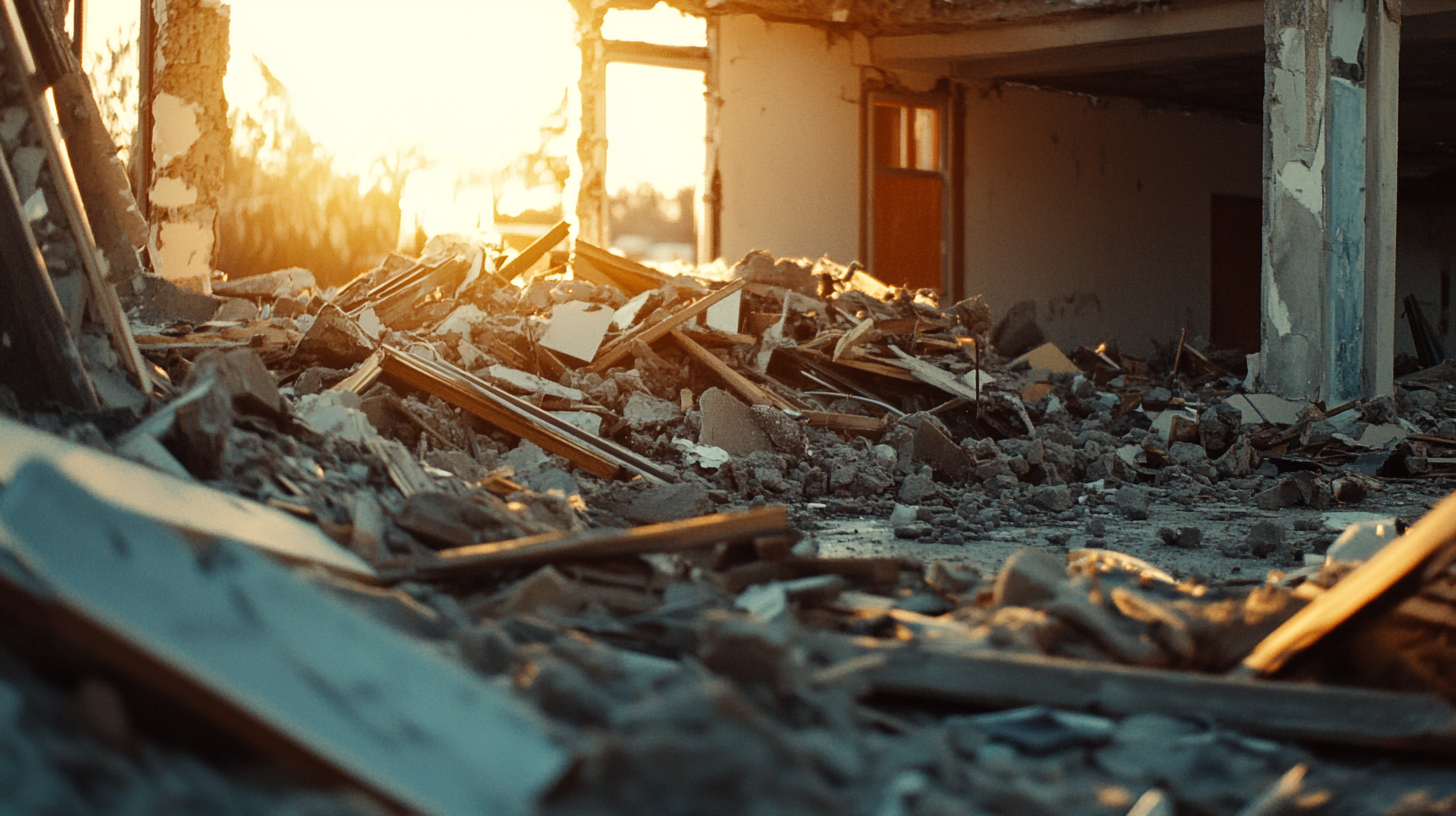
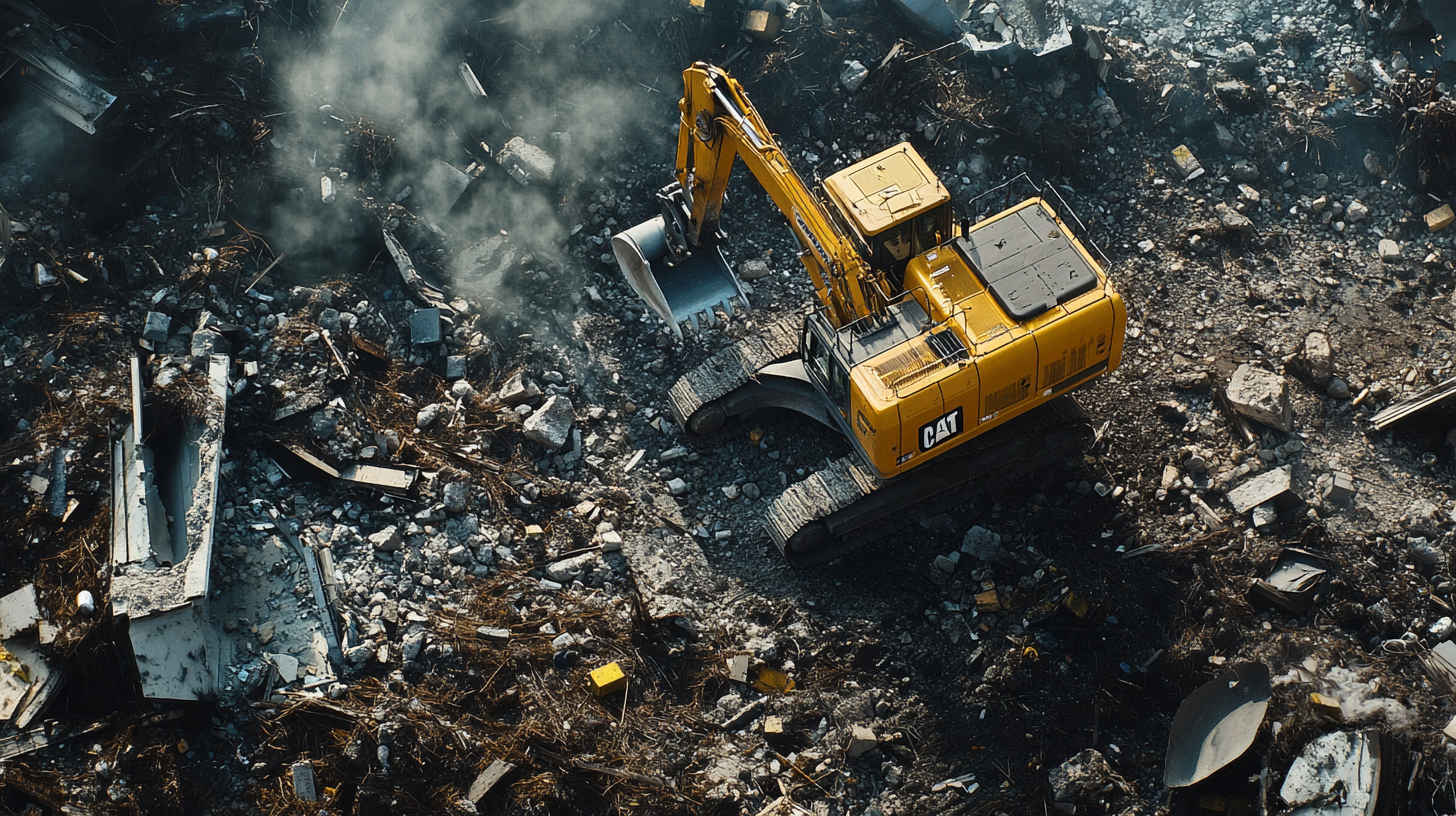
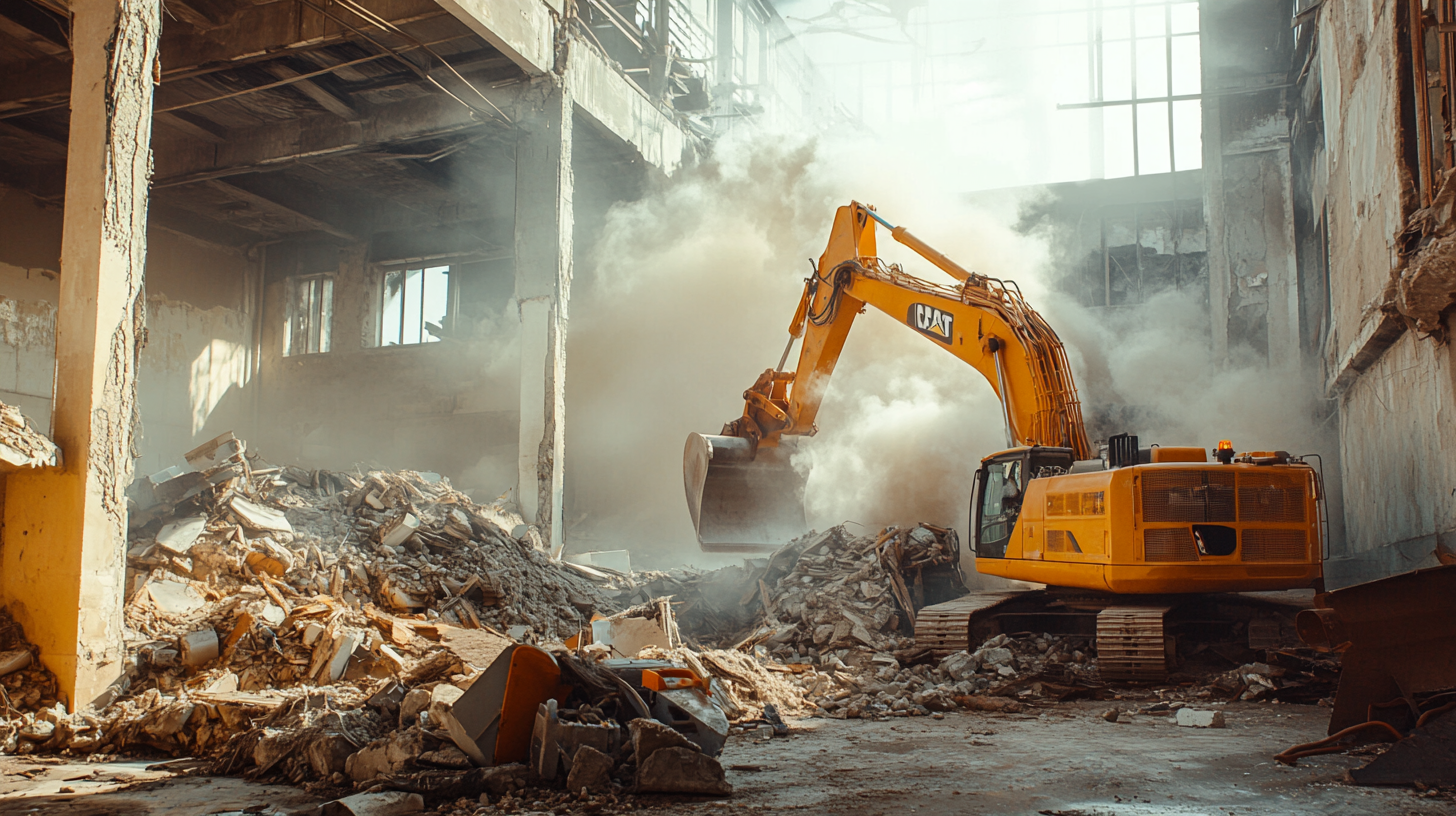
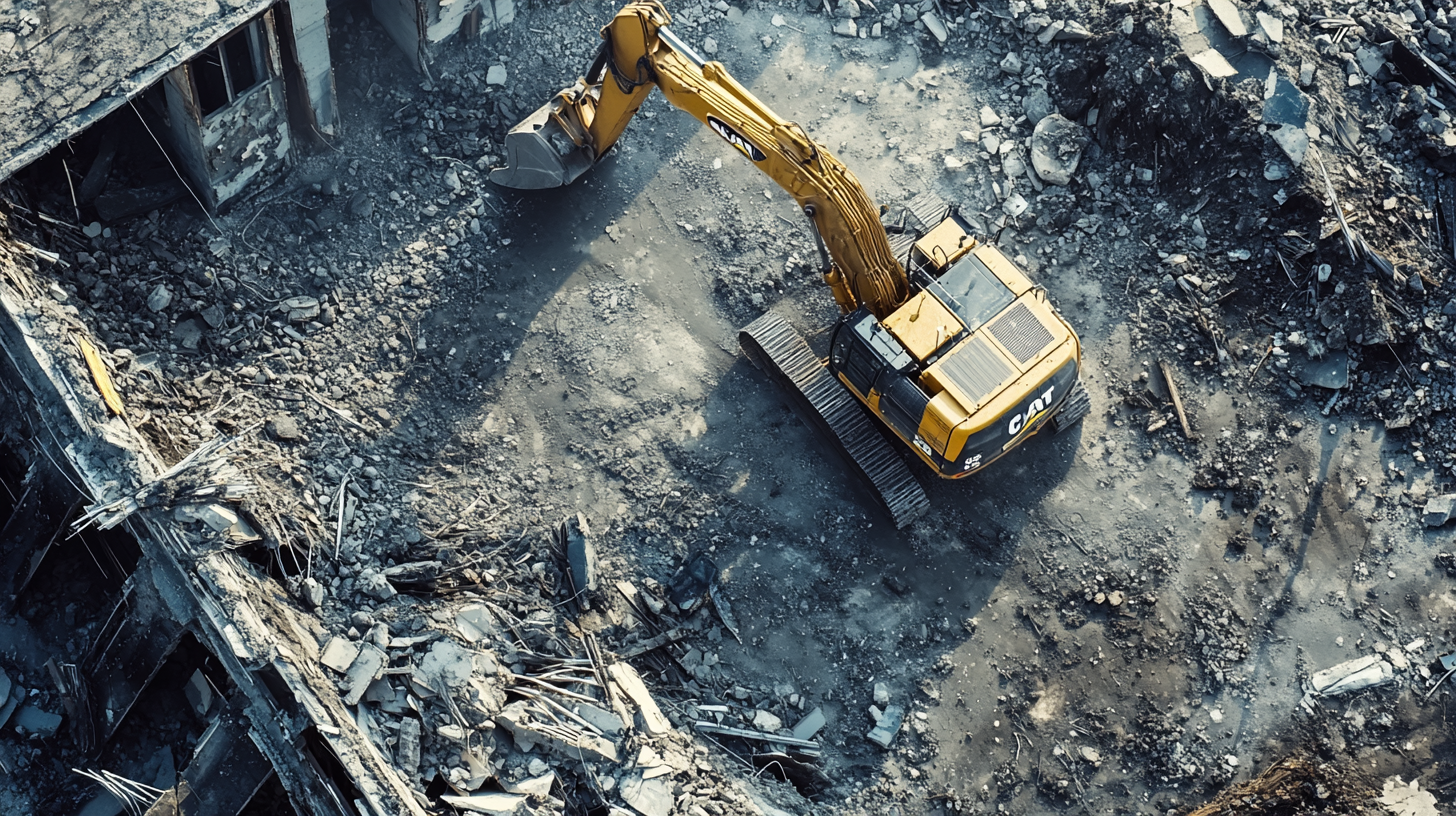
Got a Question? We’re Here to Help.
You can arrange an appointment or make an enquiry by phone or email, orget in touch to us via our contact form.

